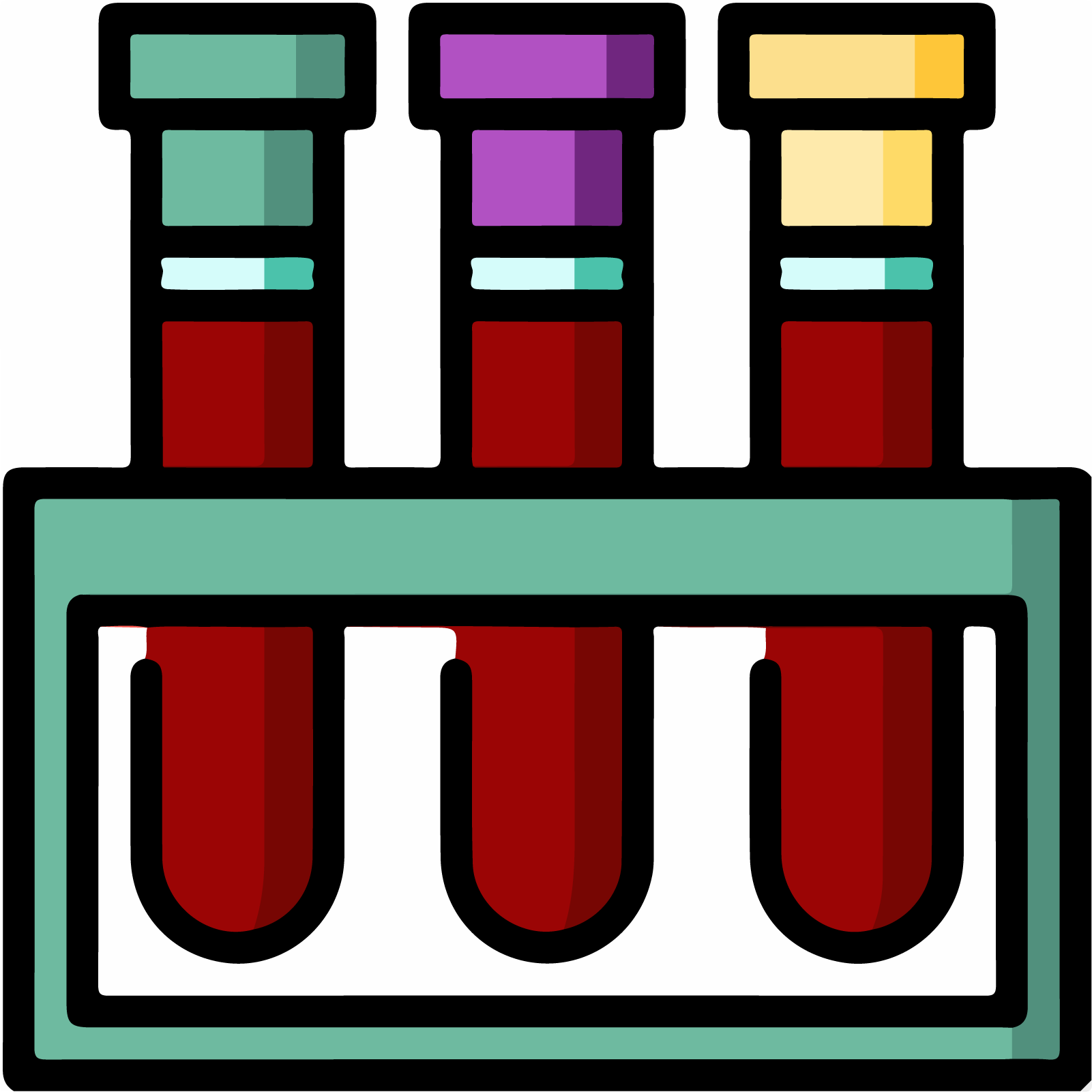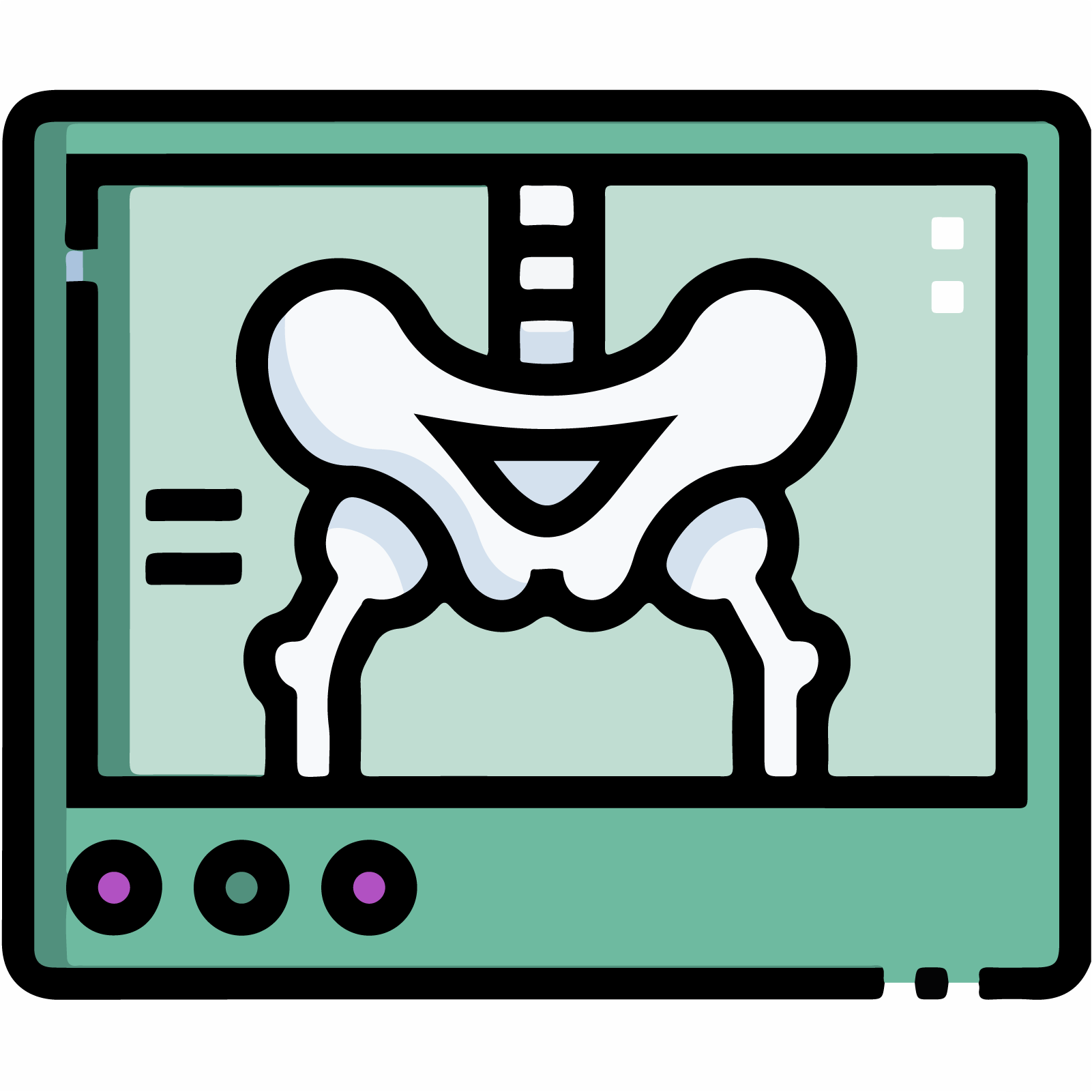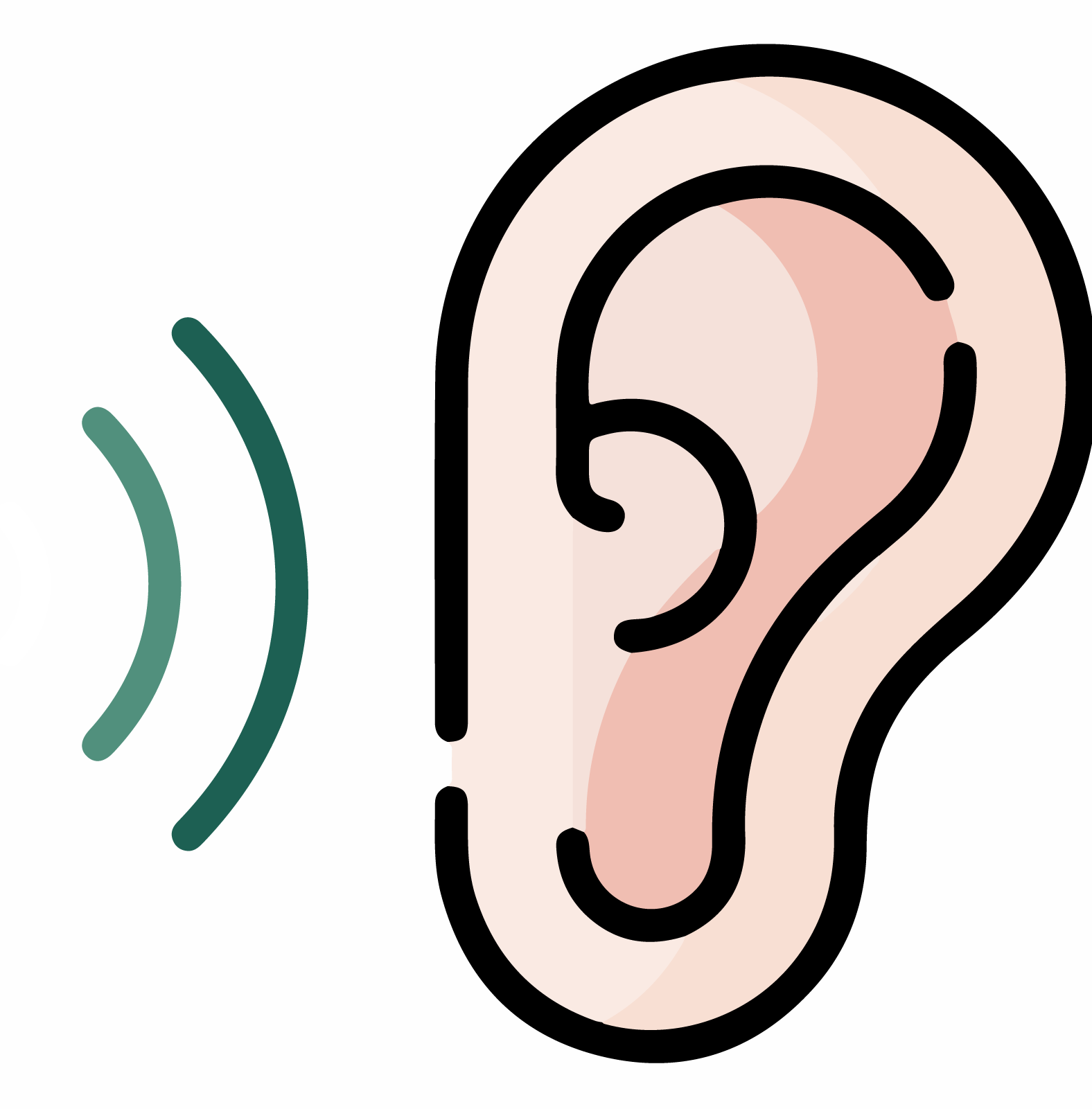TAKING PART IN BABY CARE
Diagnosis
Blood test
During your baby’s stay in the department of neonatology, blood tests will often be done on your child. This will be done by pricking the heel or taking some blood using an intravenous drip. Blood tests may be needed to measure, for instance, the glucose level (sugar level) or the yellow substance (bilirubin) in the blood or to rule out an infection. If an infection is suspected, a blood culture will always be taken. You will hear the results from your doctor. Sometimes the results may take a few days before they are known.


X-ray
Radiation is used for an X-ray photo. This radiation goes through the body and makes various parts of the body visible, like, for example, the bones. Making an X-ray enables the radiologist or the paediatrician to determine the nature of the illness. The doctor can also see where the inserted probes, drains, lines and tubes are. Often the examination takes place within the department. The lab technician will place your child on an X-ray plate. The lab technician takes a picture which is then saved on the X-ray machine. During the examination you can stay near your baby. You will be given a lead apron to put on or be asked to stand at a distance. The doctor will give you the results as soon as they are known, usually that is within a couple of hours.
Hearing test (ALGO)
This test detects hearing abnormalities. Being able to hear well is important for language development. Congenital hearing loss occurs in 1 in 1,000 healthy new-born babies. In babies at the department of neonatology hearing loss occurs more often. This usually takes place in the first week after birth. Depending on the hospital, the hearing test will be done in the hospital or at home.

Neonatal screening (Heel prick)
Depending on the time of birth, a few drops of blood will be pricked from your baby’s heel in the first days after birth.
This test is done on all babies to see if they have any rare illnesses. For instance, this might be a metabolic illness or blood disease. Blood screening from the heel prick provides important information about a number of serious illnesses. Early detection is important to prevent damage. On the heel prick chart there are options for you to take as parents.
We assume:
If you do not want to be informed about the carrier status or if you have objections to blood being kept for scientific research, tell the paediatrician or the nurse who cares for your baby. Let us know as soon as possible.In premature or sick babies, it may be necessary to repeat the test several times throughout their admission.

Ultrasound
Ultrasound is a test that makes images of a part of the body using sound waves. The images can be seen on a screen. The test is not dangerous and not painful. You will not get the result immediately after the test has been performed. The paediatrician will tell you the result later on.
The most common ultrasounds are ultrasounds of the brain, cardiac, abdominal and hips. In an ultrasound of the brain, images of the brain can be seen in order to detect any abnormalities. A brain ultrasound is done on premature babies younger than 32 weeks and/or with a birth weight of less than 1500 grams. In addition, babies who suffered from a possible oxygen deficiency at birth are eligible for a brain ultrasound.
A hip ultrasound is performed on your baby if he/she was lying in the breech position or if there is hip dysplasia within the family. In certain places, also twins. Usually, this ultrasound is done at an appointment in the outpatient clinic.


